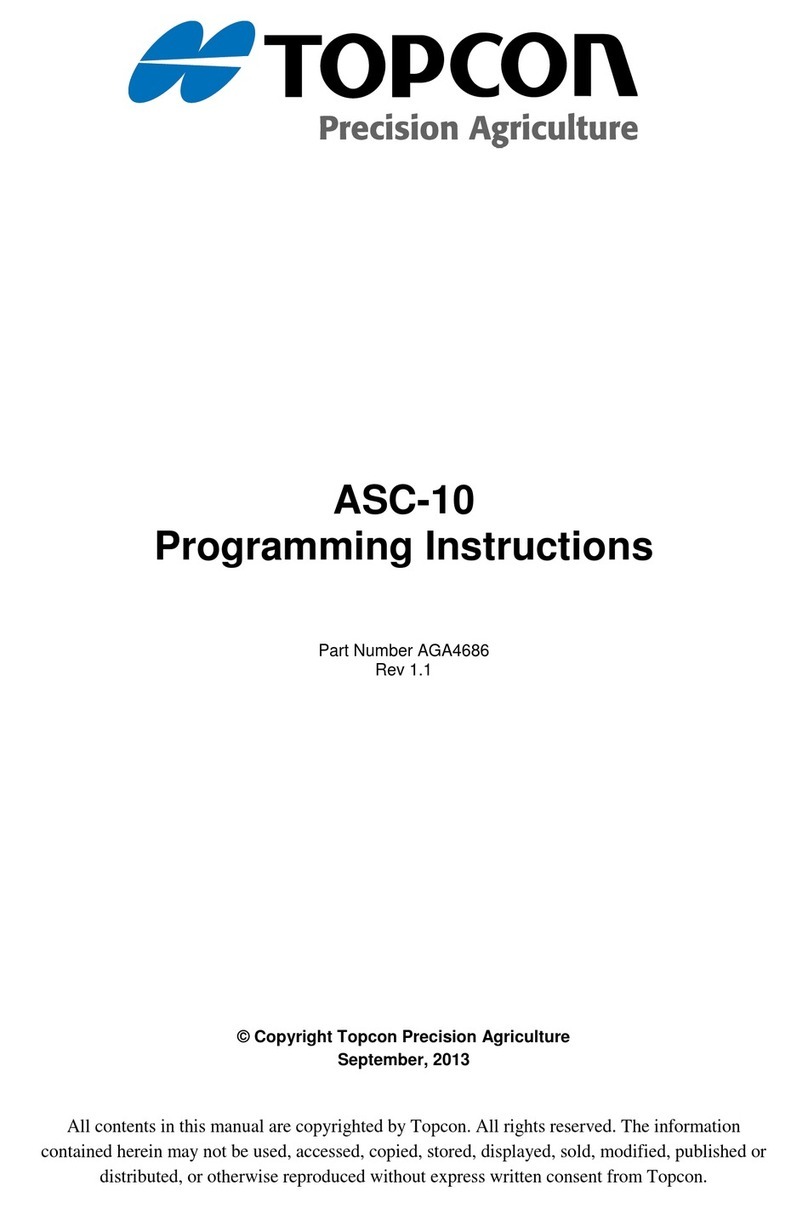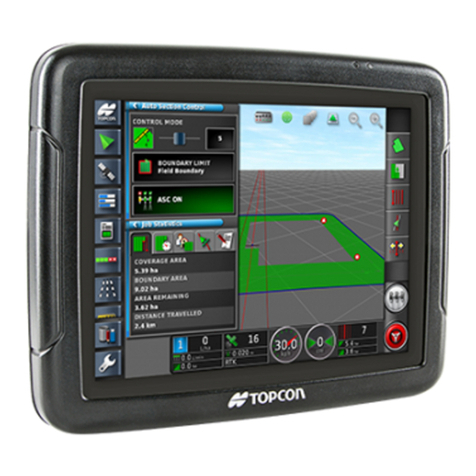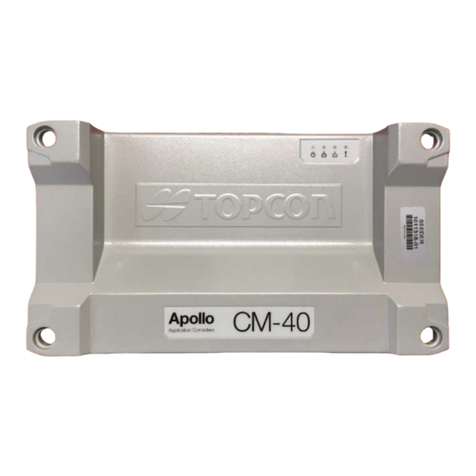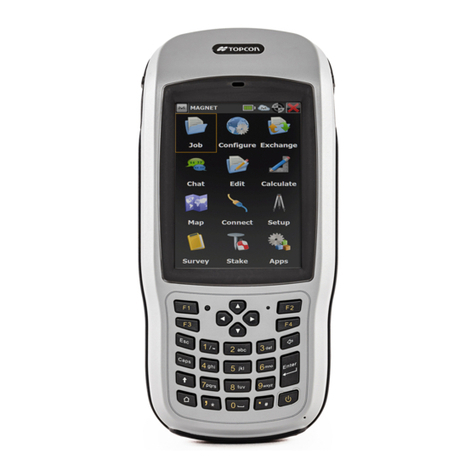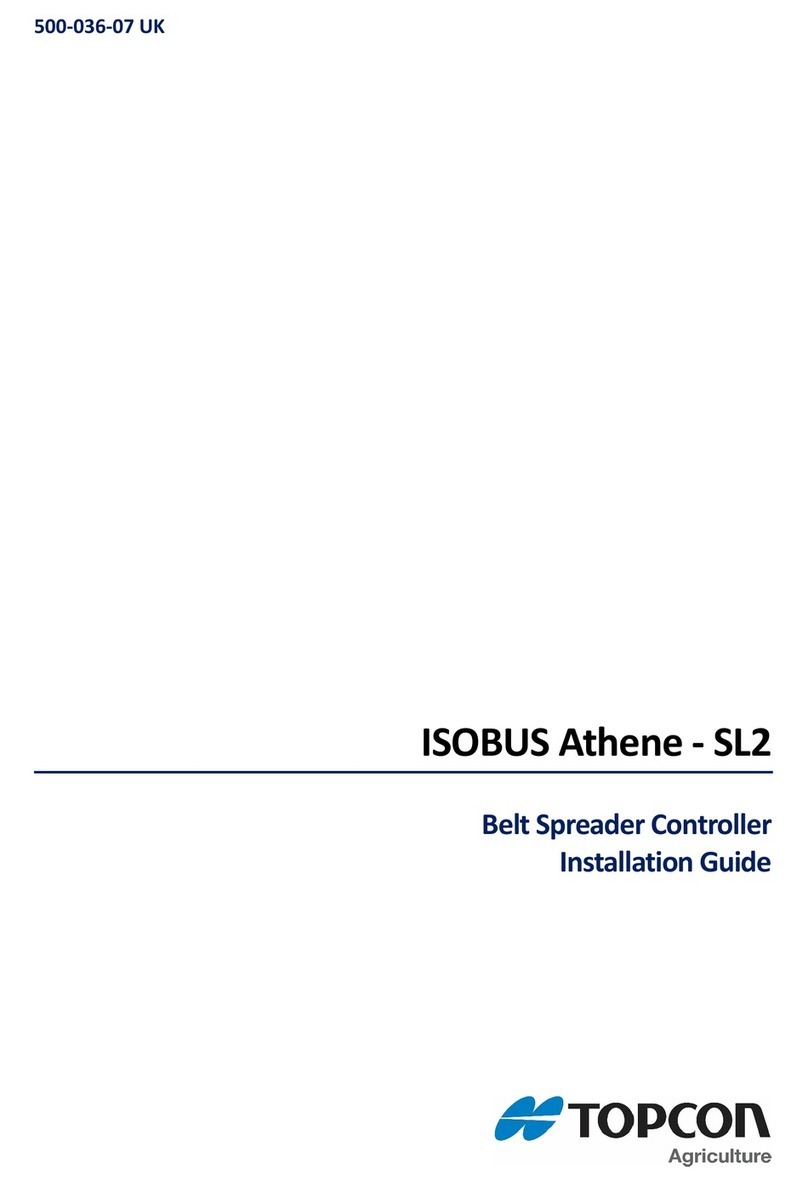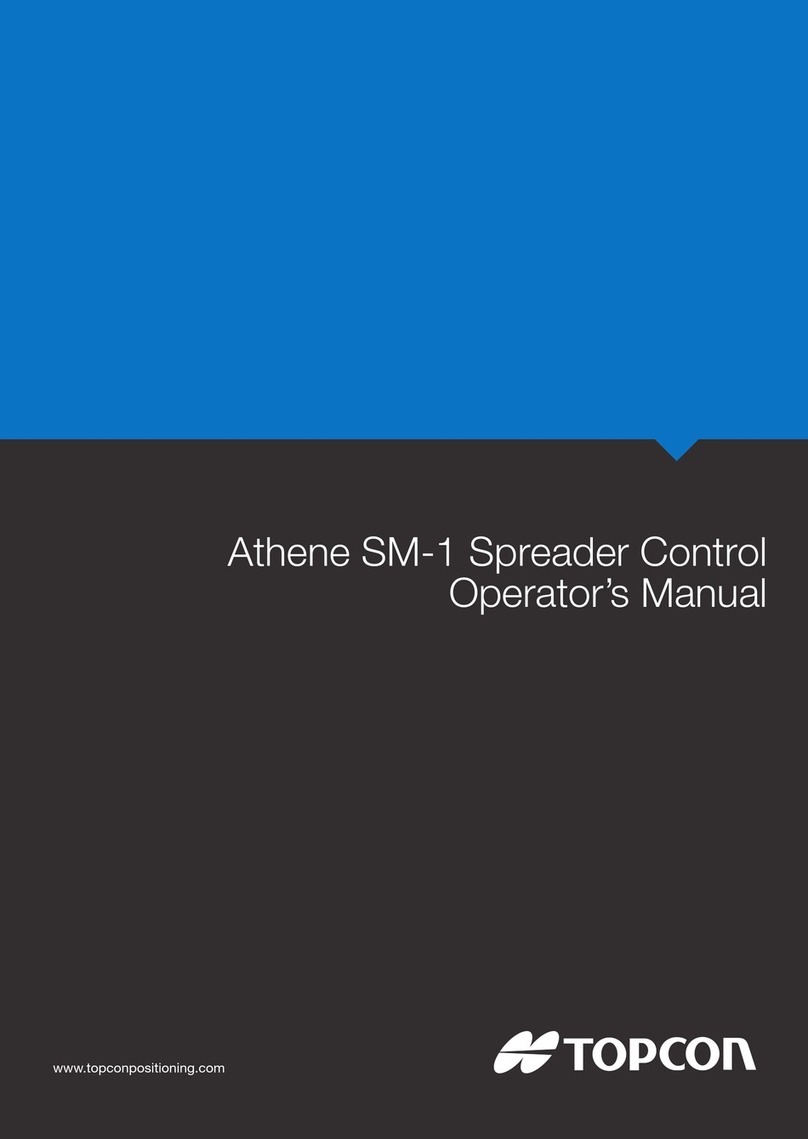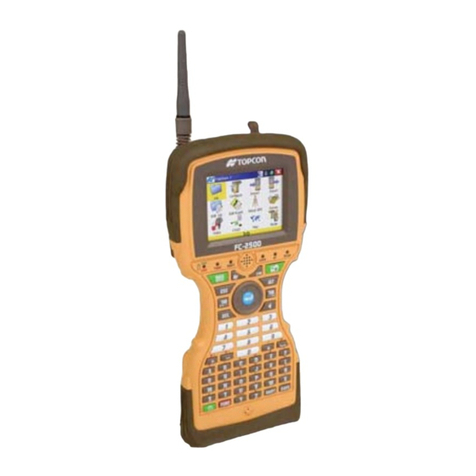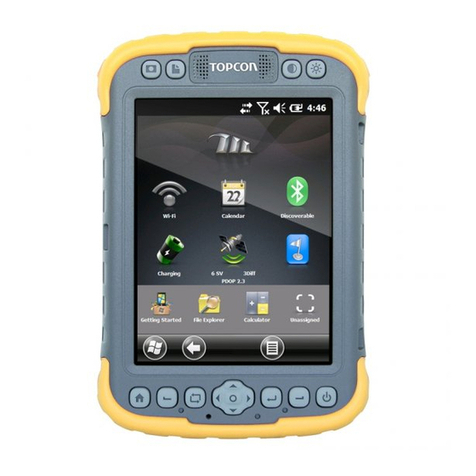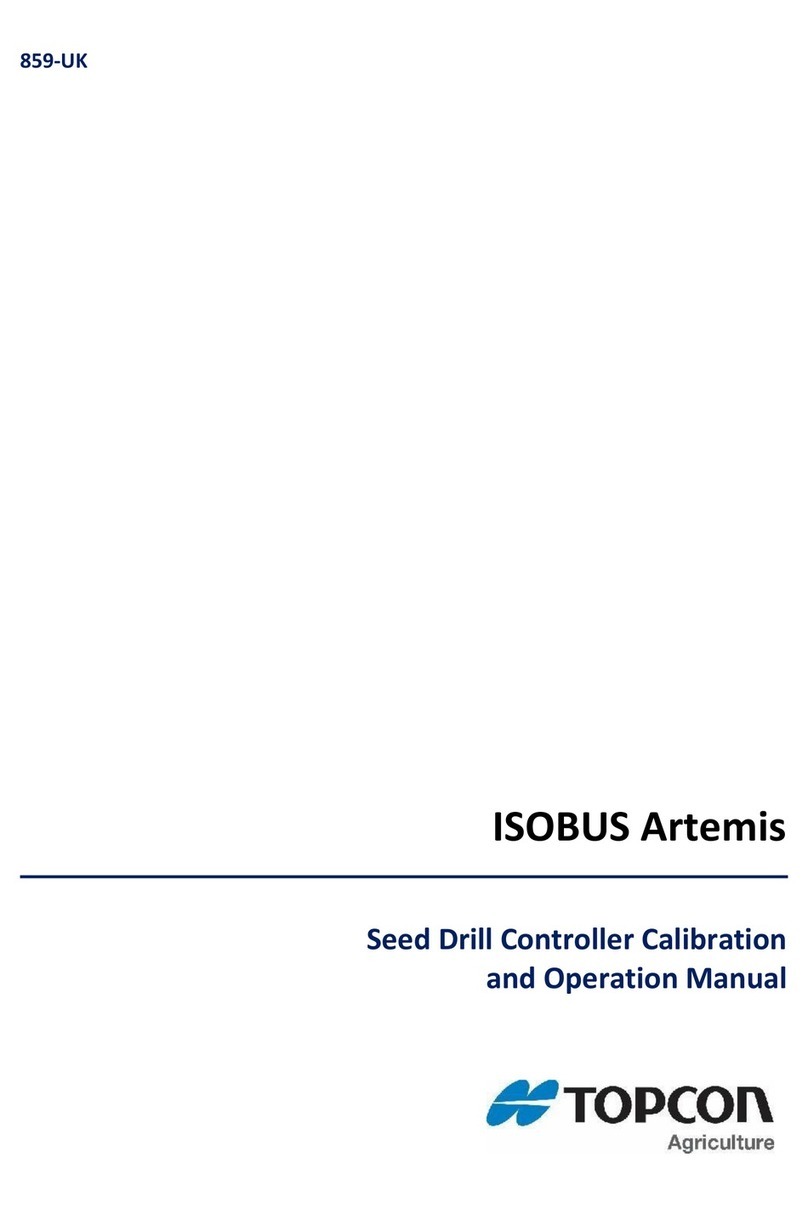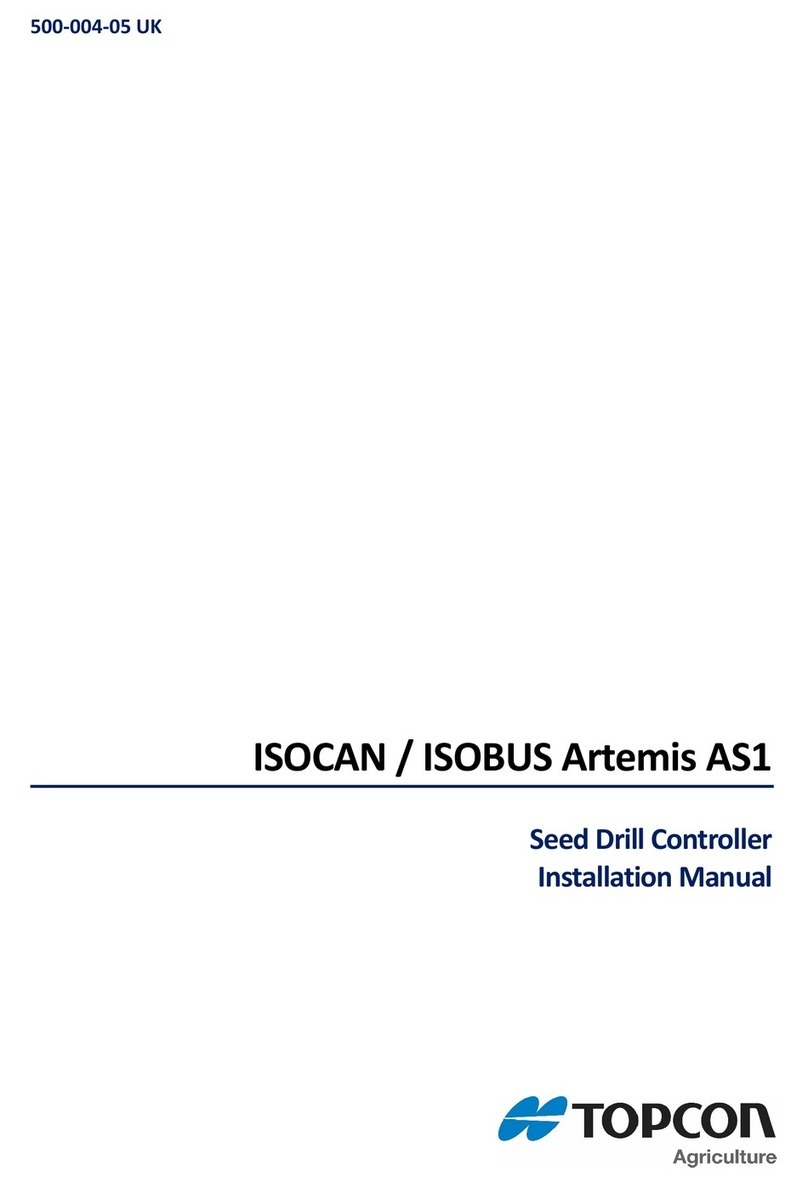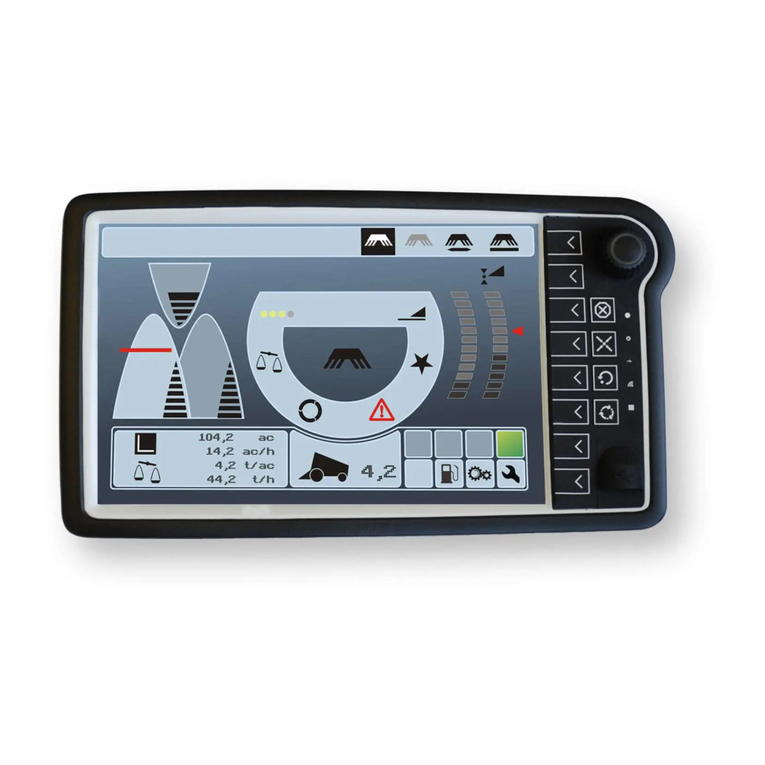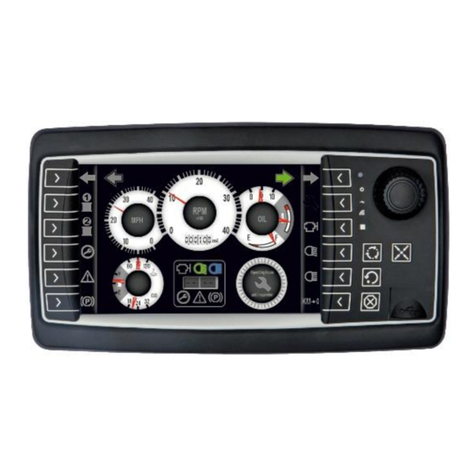
8
CONTENTS
INTRODUCTION .............................................................................................................................. 1
CAUTIONS FOR USE ...................................................................................................................... 2
ENVIRONMENTAL CONDITIONS FOR USE .................................................................................. 2
STORAGE, USAGE PERIOD AND OTHERS .................................................................................. 2
ENVIRONMENTAL CONDITIONS FOR PACKAGING IN TRANSPORTATION ............................. 2
CHECKPOINTS FOR MAINTENANCE ............................................................................................ 2
DISPLAY FOR SAFE USE ............................................................................................................... 3
SAFETY CAUTIONS ........................................................................................................................ 4
USAGE AND MAINTENANCE ......................................................................................................... 6
USAGE ............................................................................................................................................. 6
USER MAINTENANCE .................................................................................................................... 6
ESCAPE CLAUSE ........................................................................................................................... 6
WARNING DISPLAYS AND POSITIONS ........................................................................................ 7
COMPONENT NAMES AND FUNCTIONS
MAIN UNIT ..................................................................................................................................... 10
BASIC OPERATION SWITCHES .................................................................................................. 11
FUNCTION SELECTOR SWITCHES ............................................................................................ 13
SPECIAL SWITCHES .................................................................................................................... 14
NAMES ON MONITOR SCREEN .................................................................................................. 15
TITLE BAR ..................................................................................................................................... 17
MAIN DATA .................................................................................................................................... 19
DATA REFERENCE ....................................................................................................................... 20
MINI HELP ..................................................................................................................................... 21
DIAL INFORMATION ..................................................................................................................... 21
AUXILIARY LENS/PD DISPLAY .................................................................................................... 22
TOUCH PANEL UNIT .................................................................................................................... 23
STANDARD ACCESSORIES ......................................................................................................... 35
PREPARATIONS
INITIAL SETTING ........................................................................................................................... 36
PERPARATION BEFORE MEASUREMENT ................................................................................. 37
BASIC OPERATION
FLOW OF OPERATION ................................................................................................................. 38
DATA INPUT .................................................................................................................................. 38
AUTOMATIC OPTOMETRY BY COURSES .................................................................................. 41
SPECIFY THE TEST NAME AND EXECUTE IT. .......................................................................... 41
LENS SPECIFICATION AND DIAL OPERATION .......................................................................... 42
SPECIFICATION AND CHANGE OF AUXILIARY LENS ............................................................... 43
CHANGE OF CHART ..................................................................................................................... 44
SPECIFICATION/CHANGE OF MASK AND INPUT OF VISUAL ACUITY .................................... 46
